
Quantum technologies: small scale, big destiny
Quantum technologies, which are based on the manipulation of matter on a very small scale, are presented as being revolutionary. They are opening the field of possibilities in a spectacular manner in many areas with industrial applications.
Thus, in order to keep the “promise of a quantum dawn” concerning the computer, research laboratories and technology companies from across the world have entered an intense race for qubits, the building blocks of quantum computing, revealing ever more powerful machines. Research is also frantic in the development of communications, simulations, and sensors that use quantum properties.
Quantum communications
The quantum internet is taking shape. Thanks to the surprising properties of pairs of entangled particles, and by using current fiber-optic networks, it promises yet unreached data transmission speeds and inviolable communications.
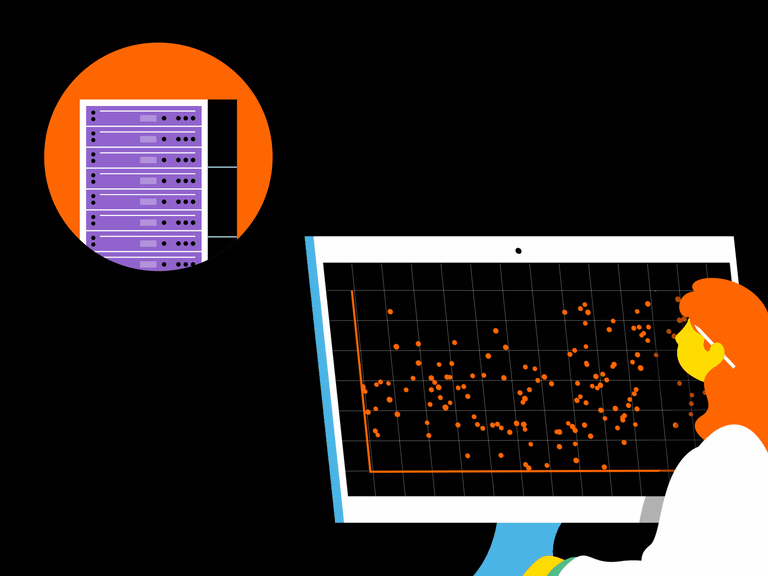
Blind quantum computing: paving the way for the outsourcing of quantum computing
Blind quantum computing enables organizations to outsource their computing tasks to quantum servers whilst guaranteeing the privacy of their data.
It is a matter of performing calculations on encrypted data to avoid it being accessible to an outside body, in sensitive fields such as medicine or banking. This guarantees a high level of security on which many potential applications are dependent, for example in the fields of medicine or banking.
The quantum computer
Research is getting organized so as to reach the still remote objective of a “universal” quantum computer. Equipped with a high number of qubits and with a low noise level, thanks to parallel computing, it would be able to resolve any equation.
Optimization of road traffic: suggesting optimized itineraries according to a multitude of variables
The quantum computer promises to provide the computing power needed to solve certain optimization problems that are useful for the management of road traffic, such as that known as the “travelling salesperson problem” (finding the best route to visit a given number of cities).
In its national strategy on quantum technologies, the French government thus imagines a vehicle routing system that takes account of drivers’ various itinerary requests and that optimizes its recommendations in order to decongest roads.
Quantum computing is breaking down the barriers of cryptography
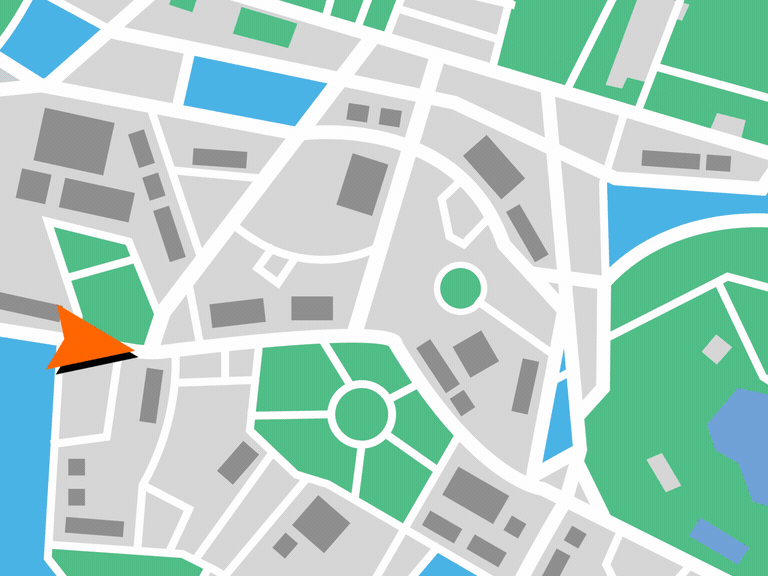
Brief history of quantum
Quantum physics led to one of the greatest scientific revolutions of the twentieth century and is about to revolutionize twenty-first century computing and telecommunications. From the first hypotheses to the latest technological feats, here follow the milestones of history in motion.
1900
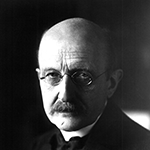
Did you say quantum?
German physicist Max Planck introduces the quantum theory, according to which, energy exchanges take place in discrete quantities proportional to Planck’s constant. Further developed by other physicists, such as Albert Einstein and Niels Bohr, this hypothesis is to act as a bridge between traditional physics and quantum physics.
1935

Schrödinger’s cat
In an attempt to show that measurement fixes the result, Erwin Schrödinger imagines a thought experiment that has become well-known: a cat is locked in a box with a flask of poison and source of radioactivity that triggers at random. According to the superposition principle, as long as the box is not opened, the cat is both dead and alive.
1935
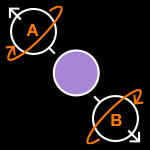
EPR paradox
Einstein, Podolsky and Rosen publish an article stating that quantum physics is incomplete (the EPR paradox) and that there are “hidden variables”. This opens a debate on the nature of the quantum world (entanglement), which will be resolved experimentally as of the 1980s.
1964
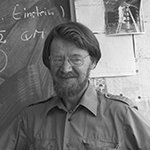
Bell’s inequalities
Physicist John S. Bell demonstrates the mathematical relationships that make it possible to differentiate between hidden-variable theories and what are known as “nonlocal” theories (compatible with the notion of quantum entanglement).
1980-1982
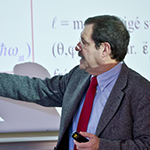
Alain Aspect’s experiments
Experiments are carried out by Alain Aspect and Philippe Grangier with the aim of testing Bell’s inequalities. These are the first experiments thus demonstrating quantum entanglement, which proves to be an essential resource for quantum computing and the development of a quantum internet.
1981
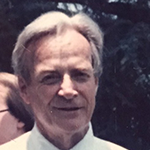
Birth of the quantum computing concept
During a Massachusetts Institute of Technology conference, Richard Feynman formulates the idea of using simpler and more controllable quantum systems to simulate other quantum systems – the task is impossible for traditional computers due to the huge computing power required.
1984
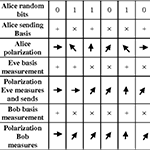
BB84 algorithm
Creation by Charles Bennett and Gilles Brassard of the BB84 algorithm. It is the first historical algorithm of quantum communication, enabling quantum key communication between two parties, with the possibility of detecting an intrusion on the channel.
1994
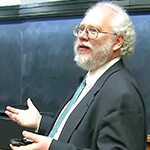
Shor’s algorithm
American mathematician Peter Shor imagines an algorithm capable of factoring any integer into a product of prime factors, in record time with the help of a quantum computer. Enough to crack most current cryptographic systems!
1998
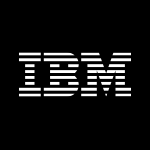
2 qubits
IBM presents the first 2-qubit computer. Twenty years later, “Big Blue” will manage to simulate the simple molecular structure of beryllium hydride (BeH2) with a 50-qubit computer.
2009

The first quantum processor
A team of researchers from Yale University creates the first solid-state quantum processor, which can therefore potentially be integrated into a physical system and of reduced size. It contains 2 qubits, each made up of a billion aluminum atoms.
2011
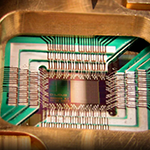
The first commercial quantum computer
California company D-Wave presents the first commercial quantum computer. Based on a 128-qubit processor, D-Wave One is not a generalist quantum computer, but a machine that is optimized for a specific type of calculation called simulated annealing.
2016

A French quantum player
Atos launches its “Atos Quantum” program, which aims to develop a quantum simulation platform enabling researchers to test algorithms intended for future quantum computers. The company delivers its first quantum simulator the following year, the Atos QLM (30 qubits).
2017
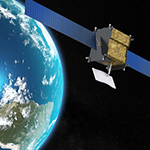
A step towards the quantum internet
China makes the first very long-distance quantum transmission of data between Vienna and Beijing (7,000 km), via the Mozi satellite. It is a videoconference between the Chinese and Austrian academies of science that is protected by a quantum key distribution mechanism.
2018

The EU sets up an ambitious program
The European Union launches the Quantum Flagship. This program, lasting ten years and with a budget of 1 billion euros, aims to reinforce European leadership in the area of quantum technologies, and to support the development of commercial applications.
2019

Quantum supremacy?
NASA and Google announce that they have achieved quantum supremacy with a 53-qubit quantum computer, the Sycamore, which performed a specific calculation in 3 minutes, compared with 10,000 years with the fastest supercomputer in the world. This result is contested by IBM, who perform the same calculation in two and a half days on traditional supercomputer Summit.
2021
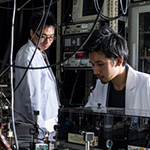
256 qubits
A research team from the MIT-Harvard Center for Ultracold Atoms develops a programmable quantum simulator capable of operating with 256 qubits thanks to ultracold atoms. This exploit marks an important step towards large-scale construction of quantum machines.
Quantum simulation
With concrete applications in chemistry and in materials physics, in meteorology or in transport and energy, quantum simulators open a wide field of new possibilities for research and industry.
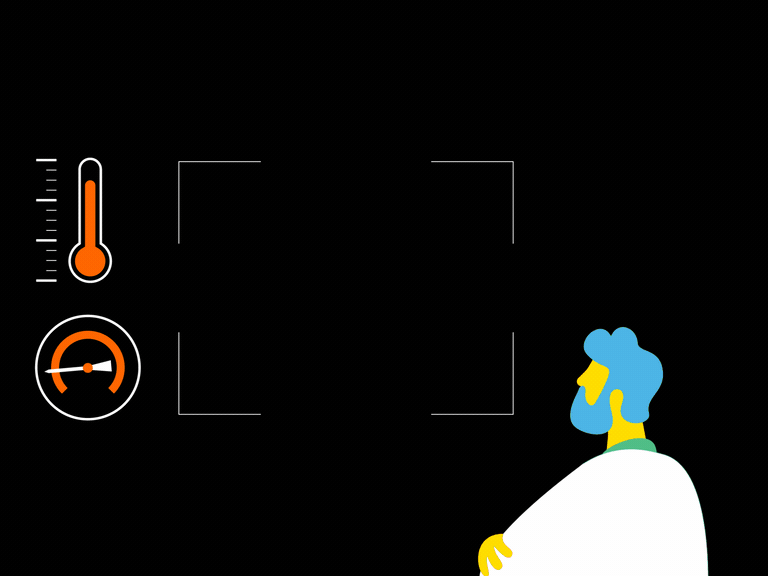
Fertilizer production: improving costly and energy-intensive processes
Today, the production of fertilizers is based on a process developed at the start of the twentieth century, known as “Haber-Bosch”, that enables the synthesis of ammonia. This process, which requires extreme temperatures and pressure, is very energy intensive.
Thanks to its ability to model complex molecules, quantum simulation offers a new means of identifying more efficient catalysts for producing ammonia under “normal” conditions, with the ultimate aim of reducing the costs and ecological impact of the agri-food industry.
5 cutting-edge technologies that are changing the game
And encryption came out of the light!
Quantum sensors
Exploiting the extreme sensitivity of quantum states, quantum sensors offer exceptional precision. Today, they are leaving the laboratories to revolutionize measurement and detection technologies.
Industrial control: analyzing substances present in the air on a production plant
Quantum sensors are useful in the field of industrial control for analyzing substances present in the air of a production plant, and for detecting any contaminations or defects in products earlier and easier than with traditional sensors.
For example, quantum light sources can be used to detect dust particles in the production chains of cement or semiconductors in a thousandth of a second, as well as precisely measure their size and trajectory.
Quantum sensors are beginning to leave the laboratories
Quantum computer: startup Pasqal is banking on cold atoms
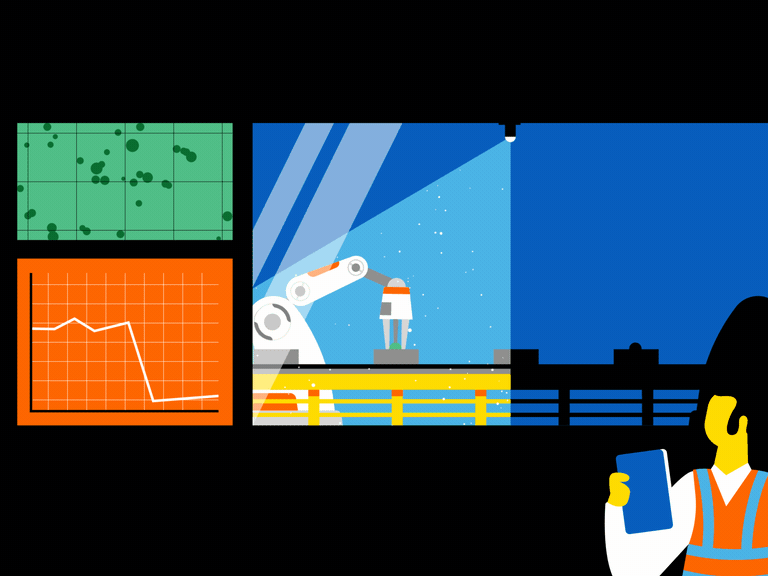
Orange's role
Aware of the huge potential of quantum technologies, Orange has been playing an active role in the research in this area for several years. The objective is the deployment of even more secure and more efficient communication networks.
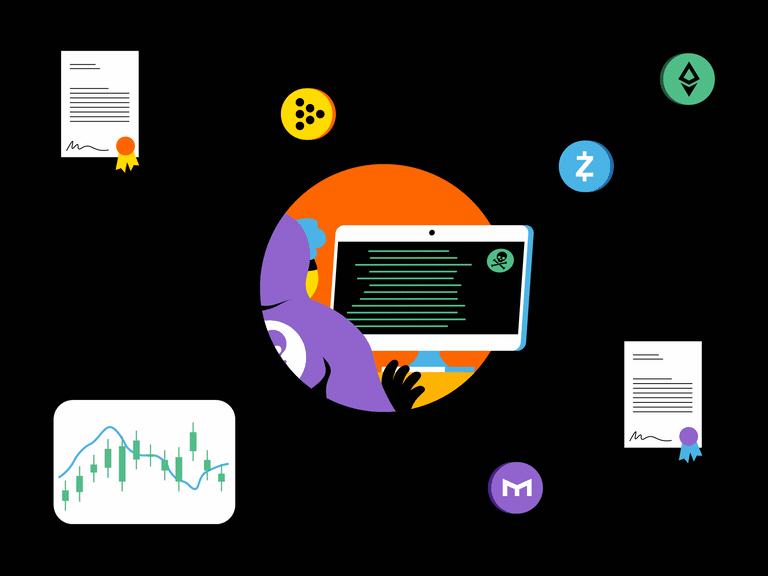
Quantum safe: providing financial institutions with an ultra-secure storage system for digital assets
Within the scope of the European OPENQKD project, to which Orange is a contributor, Mt Pelerin and ID Quantique (IDQ) have designed a quantum safe to provide financial institutions with an ultra-secure storage system for digital assets. It is based on a QKD (Quantum Key Distribution) infrastructure transported over the SIG (Services Industriels de Genève) network in Geneva.
This layer of quantum security must provide the system with “unconditional security”, meaning it must prevent any piracy, even with unlimited computing power.
Orange and the quantum technologies for the security of data exchange
Experimenting quantum key exchange over the Côte d’Azur
How could quantum computing help in the fight against climate change?
Managing the intermittency of renewable energies, discovering new materials for CO2 capture, supporting electric mobility or developing the next generation of batteries; quantum computing is helping to find solutions against climate change.
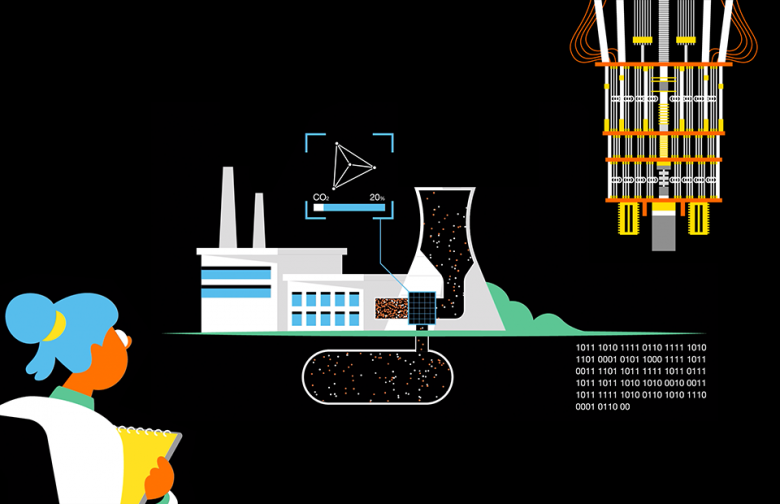
The first trials and applications of quantum computers, communication networks, and sensors provide a glimpse of the immense potential of these breakthrough technologies that could have major socio-economic impacts. The example of cryptography confirms that these technologies constitute both an opportunity and a threat, and they represent decisive stakes of competitivity and sovereignty.
Sources
https://phys.org/news/2017-08-quantum.html
https://www.gouvernement.fr/sites/default/files/contenu/piece-jointe/2021/01/dossier_de_presse_quantique_vfinale.pdf
https://thequantumdaily.com/2020/02/05/could-quantum-computing-help-feed-the-world/
https://www.sick.com/fr/fr/interview-sick-et-trumpf-developpent-le-premier-capteur-optique-quantique-pour-la-production-en-serie/w/blog-capteur-quantique-sick-trumpf/
https://www.gouvernement.fr/sites/default/files/contenu/piece-jointe/2021/01/dossier_de_presse_quantique_vfinale.pdf
https://www.unige.ch/communication/communiques/2019/lue-soutient-la-communication-quantique-securisee/
https://www.solutions-numériques.com/atos-prepare-larrivee-des-ordinateurs-quantiques/


